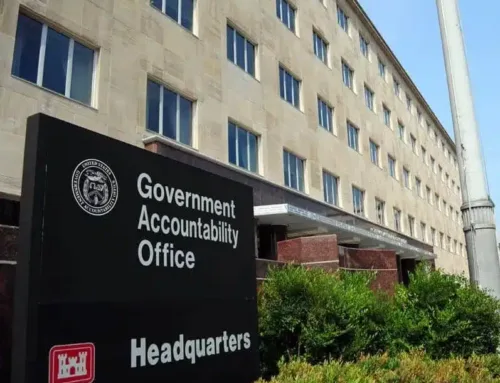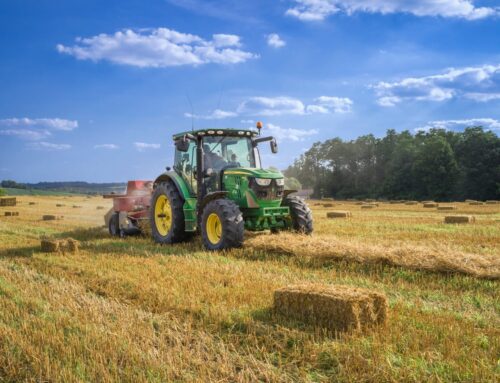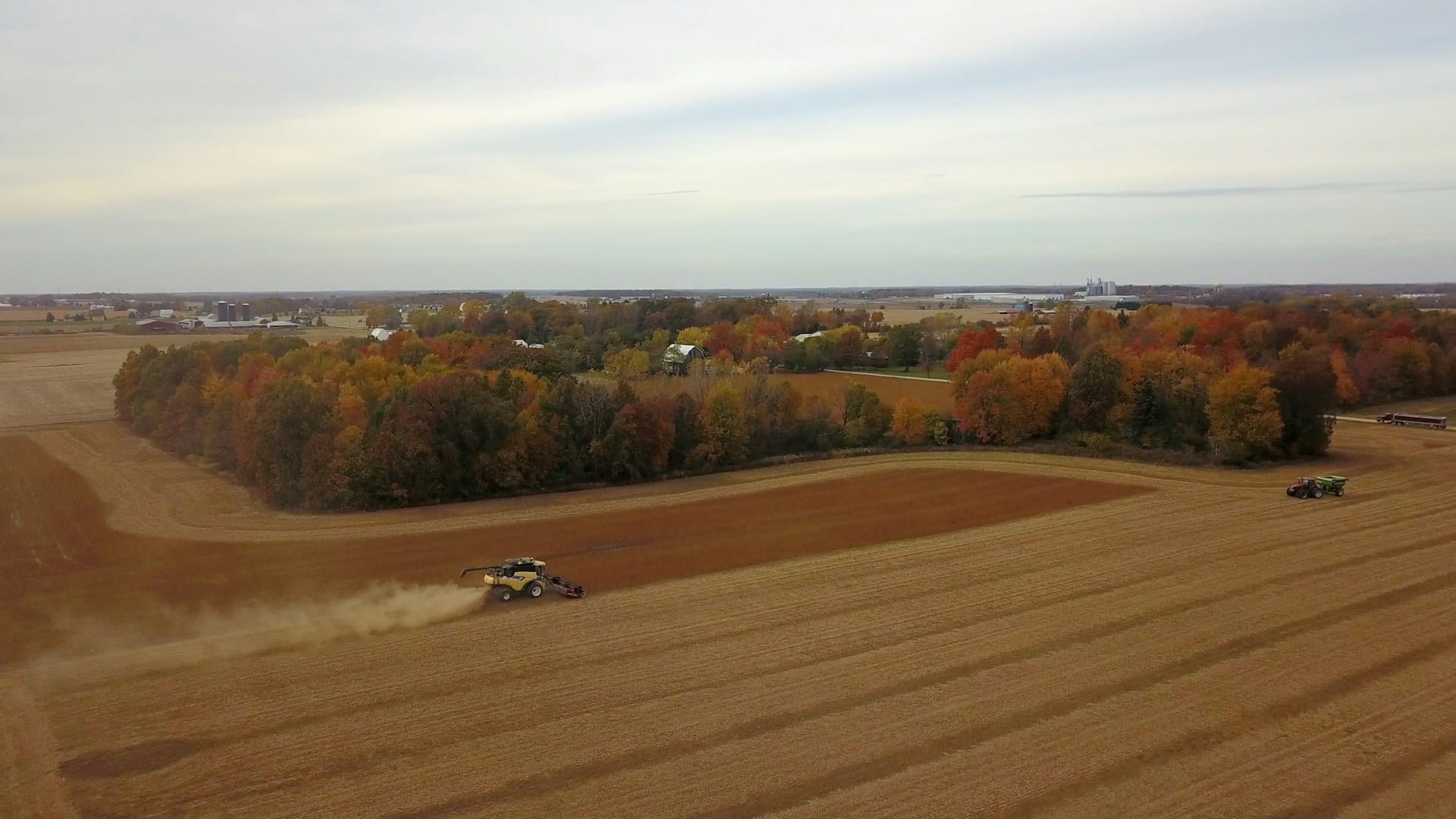Promises made. Promises kept.
Earlier this year, we promised to release 2023 farm bill reform principles. 2023 is just around the corner, and unlike so many promises from the campaign trail, we delivered. In a joint letter this week, alongside the National Sustainable Agriculture Coalition (NSAC), R Street Institute, and U.S. PIRG, TCS recommended that Congress adhere to six common sense principles when developing the next farm bill.
A snippet of our letter is as follows:
US food and agriculture policies are in need of reform. Some of the country’s largest agricultural operations receive unlimited subsidies while beginning farmers struggle to afford land. Crop prices recently rose to record highs, but challenging input costs – for everything from fuel to fertilizer – are eating away at profits. Food supply and inflation challenges continue to make headlines. Meanwhile, children go to bed hungry while one-third of food is wasted. The farm bill, our nation’s guiding agricultural policy, exacerbates many of these problems rather than solving them.
Farm subsidies primarily benefit large landowners and agricultural operators growing commodity crops such as corn and cotton. Meanwhile, many small, diversified farms growing fruits, nuts, and vegetables carve out niche markets and innovate with little to no government support.
It’s easy to develop a list of federal policies in need of reform. We’ve got examples of cronyism in defense spending, corporate welfare, and outdated federal lands policies that exacerbate long-term liabilities for taxpayers. But the hard part comes next – recommending exactly how taxpayer dollars can be better spent and finding partners to do so. But the hard work needs to happen. The farm bill is on pace to cost $1.3 trillion. And more than just taxpayers benefit when wasteful federal programs are reformed.
As our joint letter stated, “The 2023 farm bill must promote resilience, instead of dependence on federal farm subsidies.” The national debt is $31 trillion. And fiscal pressures, even if a recession doesn’t hit next year, will be front and center. We need to tighten the belt and get more out of federal spending where we can. Our recommendations could not be timelier, with government payments to agriculture coming off record highs in recent years despite high net farm income. On December 1st, the U.S. Department of Agriculture (USDA) estimated that 2022 net farm income (income after deducting expenses) would be a whopping $160.5 billion, the highest inflation-adjusted level in a half-century.
Instead of continuing to pile on duplicative ad hoc disaster payments and other wasteful subsidies, we recommend Congress develop a farm safety net that is focused, fiscally responsible, and fosters resilience. In other words, the three Fs! (And fingers crossed there are no other F-words to shout after passage of the next farm bill this time around.)
The six principles for 2023 farm bill reform include the following:
- Cost-effective: Numerous opportunities exist to save taxpayer dollars in the next farm bill and prioritize investments to produce the best bang for taxpayers’ buck, for instance, in agricultural conservation programs.
- Transparent: With a little work, taxpayers can see where payments are going in farm income subsidy programs. (Except for federally subsidized crop insurance.) Taxpayers, and even USDA personnel, are barred from knowing the names of recipients of the $12 billion in crop insurance premium subsidies this year.
- Sensible: Policies should work in concert instead of at odds with one another. On the one hand, there’s payments to conserve wetlands and grasslands, but on the other hand, farmers are subsidized to plant commodity crops in risky, drought- and flood-prone areas.
- Responsive: End duplicative subsidies that waste taxpayer dollars and undercut a stable, predictable farm safety net. Businesses that choose to gamble and not buy highly subsidized crop insurance shouldn’t be bailed out with “emergency” disaster subsidies.
- Fair: Loopholes promoting waste, fraud, and abuse in farm subsidy programs must be closed, and reasonable subsidy caps must be instituted in the federal crop insurance program. How can anyone defend sending “farm” subsidies to non-farmers or foreigners?
- Simplified: Consolidate duplicative programs and reduce unnecessary paperwork. Agriculture has an income safety net that is the envy of every other industry. We can’t afford to add redundant layers.
These common-sense reforms would deliver multiple benefits for not only taxpayers but also beginning farmers, consumers, rural communities, and the climate/environment. As we move into 2023, with a new President’s budget request to be released and farm bill negotiations heating up, Congress and the Administration must work together to (finally) make these principles a reality.
We’re not the only ones fed up with the status quo. Farmers are demanding farm subsidy reforms as well. In our conversations with farmers across the Midwest over the past year, one theme rings loud and clear – unnecessary, duplicative farm subsidies must be reined in.
So, let’s get our hands dirty (literally) and get to work! Farmers and taxpayers alike deserve a farm bill that’s focused, fiscally responsible, and fosters resilience.
118th Congress, let’s make it happen, and please don’t muck it up this time.










Get Social